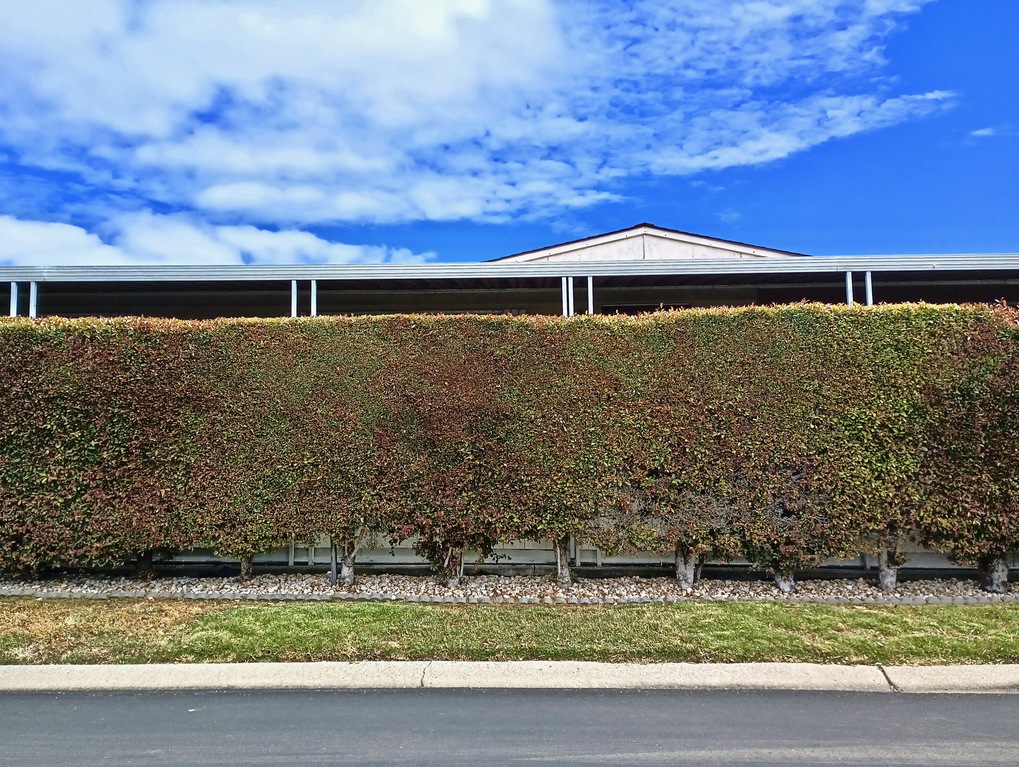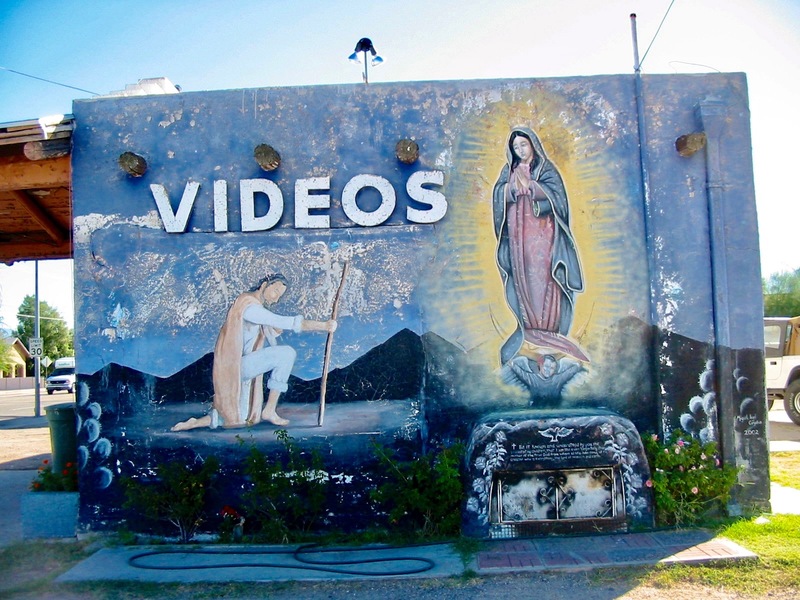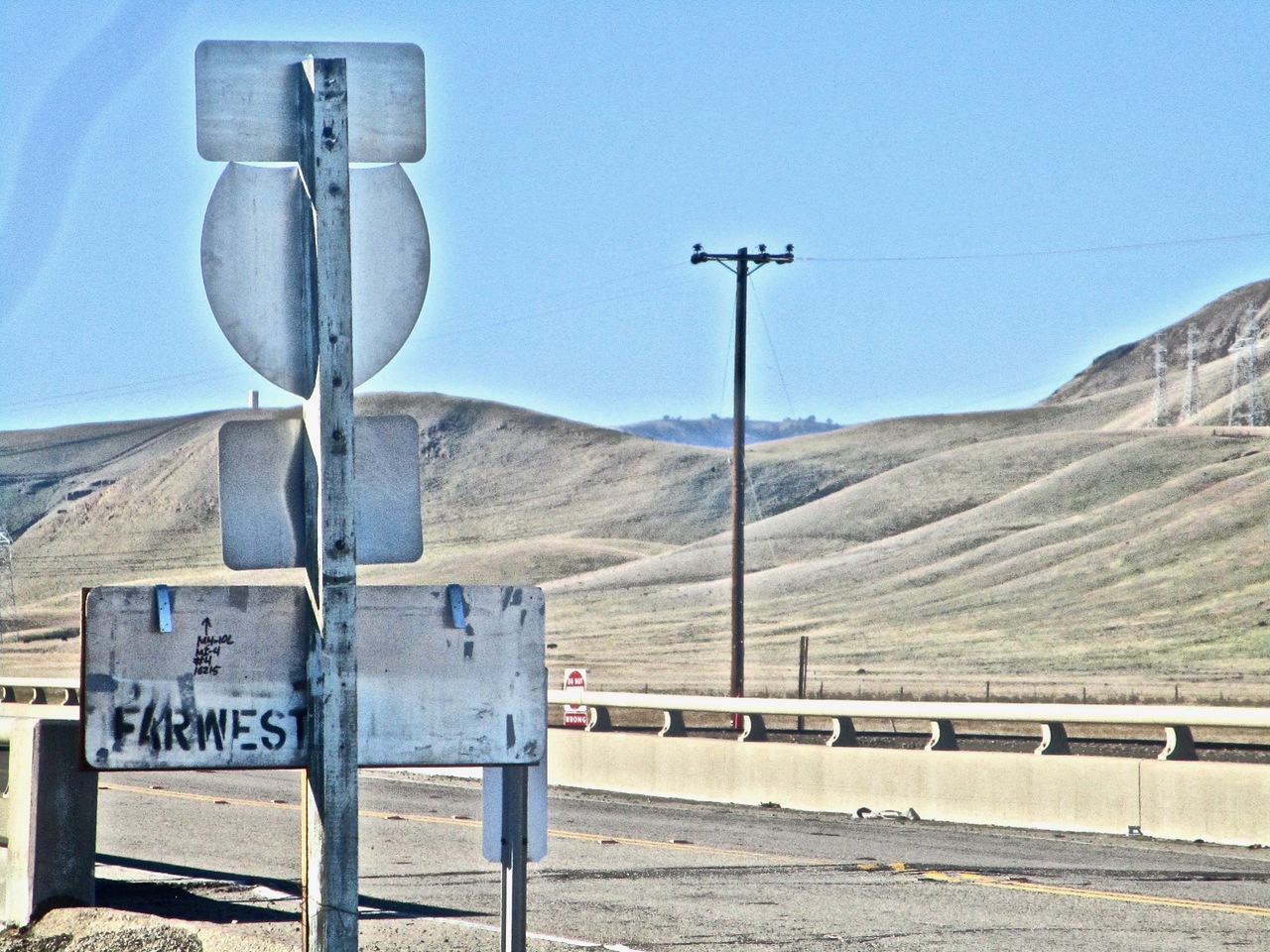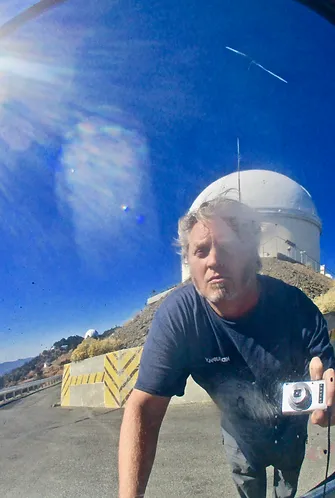 Philip Kobylarz, Self-Portrait, Photograph
Philip Kobylarz, Self-Portrait, Photograph
Interview with Philip Kobylarz, Featured Artist for Issue #32
conducted by Dave Mehler for TCR
TCR: Can you tell us about how you got your start as a poet and artist/photographer. Offer us some idea of your background, interests and obsessions, and your beginnings?
(Triggerfish likes you because you are an outlier. You’re working on the margins—please understand this is anything but a criticism. There’s a humility and a lack of pretension running through all these photos—I love it! It’s part of Triggerfish’s mission to identify and bring work like yours to the attention of our readers.)
 Philip Kobylarz, Not the Hamptons, Photograph
Philip Kobylarz, Not the Hamptons, Photograph
PK: As you “identify” (I had to use that silly word) as an artist, I believe it is a feeling some are born with. Or, a curse, considering the times. As a child, I held art shows featuring my drawings, priced at a penny a piece- made a few sales to my mother and sister. / 3rd generation “non-American” who grew up with a last name no one still can pronounce, in a home where Russian, German, and Polish were spoken- Turkish tapestries on the wall, Lebanese cousins, a highly diverse/integrated immigrant suburb in what was once the Las Vegas of the middling west: Peoria, Il. Winters inspired me to go west, young man.
TCR: For some reason, I thought you lived in LA, but I realize you live in Hayward. The Bay Area. I grew up in San Jose and was thrilled to leave when I did at the cusp of the 80’s (and never want to go back). How do you like Hayward?
PK: Hayward=hayweird=wayweird. It is the Portland of the bay area. Love brought me here, and abandoned me to what has become one of the meanest, cruelest, most segregated, and inhumane places I’ve ever lived. The landscape and the weather is glorious and all inspiring. The once monumental “free love”, hippie culture of people coming together like in no other place, European bohemian style, has been eradicated here. it is now one of the most expensive places in the U.S. to live- no one is happy here due to just that fact and the financial struggle we face daily. One of its redeeming qualities is the mind-blowing diversity- Wayweird in one study is “America’s” 3rd most diverse city, with NYC being number 4. I take solace in nature and as is the way of our world, this little immigrant boy only feels comfortable within the immigrant people he hangs with: African-Americans, Africans, Filipinos, Koreans, Japanese, Russians, Indonesians, Polynesians, Indians, Yemenese, old Portuguese and Italian stragglers, the list is wonderful & unending. That being said, there is no passable pizza nor a single decent Jewish deli…
TCR: Are you or have you made your peace with it (Hayward)? If not, what keeps you there? I’m assuming a negative answer, but perhaps you love it. It occurs to me that you might be like a lot of other people attracted really to proximity to San Francisco but almost no one can afford to live there? San Francisco is a beautiful city in many ways, however last time I was there, there was an app you could get on your phone mapping where people had crapped on the street, so you could avoid those spots. That dichotomy exists.
PK: Divorce no. 2 keeps me here for the time being. Wayweird is the working class heart of the bay- I adore it. “Whites” are the minority here and our little neck of the woods sports city signs that read “No Room for Racism.” Come to any bar here, and the people inside will all soon know your name. Everyone in town is highly liberal and progressive and tolerant and friendly. No one ever ventures into SF or the mythical Silicon Valley- dead zones- inhabited by soulless, techie zombies; no artists can survive in either place. Thus, where to go- Portland is dying, Austin has been California-ized, Boulder? Having also lived in the South (Memphis) I seek to oddly return to a little known college town type of a place- Asheville, NC, Fayetteville, AR?- a spot on the map where the people are real and the American food is as good as the ethnic food. I would love to spend my twilight years in the U.S.’s Venice- New Orleans…
 Philip Kobylarz, Untitled, Photograph
Philip Kobylarz, Untitled, Photograph
TCR: I was first introduced to you as a person submitting innovative prose poems to us(this was issue 19—which means it must have been about 6 years ago. We had a guest editor, and I wasn’t sure if she would recognize the genius of this work so I made sure she snapped them up)? I consider myself a student of the prose poem and I found what you were doing exciting and innovative structurally and through your choice of subject matter. It always interests me when poets are creative generally and operate in more than one medium. You choose photography, and essay writing (we published one just an issue or two back on Arizona, as well as a poem or two?). I only recently realized you were a photographer. How does this creativity intersect and interact for you through different mediums. Is there a connection or are they separate compartments that offer different opportunities? Are there other creative outlets you pursue as well?
PK: If by genius, you mean utterly unemployable, living off government assistance, despised by academia, and greatly disliked by the monied class. I have former students here, who never managed to graduate, who make well over $100k and are drowning in debt, working jobs they despise- positions that drain their souls. Due to the severe, untreatable clinical depression I suffer mostly from being stuck here, for the moment, my former therapist, now close friend found it interesting that I told him as a writer, I don’t think in words. Everything comes to me visually but what I see contains ideas and narratives- it’s the weirdness I suppose all artists encounter- being a visionary- I see scenes of movies in my mind and write them down or photograph them to share with other kooks like me.
TCR: You invited me to submit to Cholla Needles also and do work as an editor for them. How do you like that? Why do you do it? I ask why because I realize that in some ways editing a journal takes time away from one’s own work, and you can choose to either love it (supporting others and working in community as an artist) or see it as a drain, or both?
PK: There are generally speaking 2 types of everything in this strange existence, day/night, yin/yang, being/nothingness: I’m the type of person who shies away from the limelight yet I have this need to promote and celebrate the brilliance I encounter in the work of others. I was the editor of The Iowa Review in my 20s and since then, it’s just something I must do to survive. Engaging oneself in the art of others only inspires me more- it’s like a jam session- the more I get into the work of others, the more excitement I feel in life, so editing, selecting, working with artists is an incredible high. An addiction.
 Philip Kobylarz, Sacred Blasphemy, Photograph
Philip Kobylarz, Sacred Blasphemy, Photograph
TCR: I get the sense from the seeming extemporaneity of your photographs (and also the fact that your subjects are often not noticing you being obtrusive taking their picture) that you are using probably your cell phone as a device rather than a Nikon with a big telephoto lens. I’m struck by your eye, what it catches, which is often a little off kilter, amused, sardonic, always ready and on the lookout, sometimes quiet and meditative, other times culturally critical, seeing what others might pass over, unnoticed and unregarded. Tell us a bit about this. How do you go about your work. Is it incidental, or consciously done, self-entertainment or commentary on the world, and what do you hope to achieve through sharing it, if anything?
If art is for the community? Do you believe that, or would you push against it and suggest art is primarily for the artist? Does the world give a shit do you think, or does it even matter?
PK: My digital camera broke. I hate the cell phone and am forced to use one by society. When I found the photographer Mark Cohen my mind was blown. He’s a street photographer beginning back in the era of real cameras- he goes out there in this thing called reality and blatantly captures photographs, flashing the camera in people’s faces, inserting himself into the ebb and flow of society- he’s an absolute fucking genius. When I follow his lead, now, in our sick culture, so many people threaten me with arrest, and protest against my invasion of their bubbles of imagined privilege, that I get myself into a lot of trouble. So, I found that since these human leashes, these 2001 monoliths that are more important than actual people, I can enter the fray and use my phone as a type of an artistic drone- I can hide behind the facade of pretending to be doing something on it while I am actually invading their private spaces. This is how strange and distanced we have become but the ridiculous camera phone thing ironically allows me to re-establish the intimacy that the prior masters of street photography could achieve back when people actually thought that being photographed was something of an accomplishment rather than an assault. Every image is social commentary on how bizarre life has become in this digital age. It is all for the viewer and I am attempting to say, “look at who we are within this frame.”
 Philip Kobylarz, Laundry Day, Photograph
Philip Kobylarz, Laundry Day, Photograph
TCR: Who are you reading that matters to you at the moment? What are your preoccupations? Are there photographers whose work you admire? Artists working in other mediums?
PK: How to make this list succinct? The books I have now: A Billion Wicked Thoughts, Ogi Ogas & Sal Gaddam- a study of how intensely strange humans are. And The U.S. Anti-Fascism Reader, edited by Bill V. Mullen & Christopher Vials- educating myself on the current sickness our country and the greater world seems to be returning to. I keep returning to Baudrillard’s America to convince myself that the Hopperesque sadness of our culture is what we must mine for content. / Masters: beginning with Atget to what is known as the Street Photographers- Winogrand, Arbus, Robert Frank, Koudelka, the aforementioned Cohen, Graciela Iturbide, Eggleston in color, and for composition, Minor White. So many poets and writers and painters and filmmakers to list- my head spins in the wealth of inspiration out there. I continually discover those I should have long ago known. / My preoccupations are social activism and teaching. Each day, I must literally assist others in some real way or I cannot go to sleep at night.
TCR: Would you consider yourself a western writer/artist? (I would—but California and Arizona? So, southwest, and not PNW). How important is that identity to you? Would you care to comment on this aspect in your work or not?
PK: Indeed- but a Middle Westerner! The vast expanses of nothingness begin on the prairies, from Pennsylvania to the Dakotas. I grew up in Illinois then later very reluctantly returned to Iowa for school where I learned that my aesthetic is that which is attributed to the “Depp Imagist” poets. When all one has is the endless Zen of utter nothingness of the Midwest, you must look beyond the often flat, ambient, what they now call “liminal” field of perspective that surrounds, and you become a type of a Symbolist. Chicago skyscrapers are our mountains. The West, True West, is a mythical place and no one could even capture it during Manifest Destiny so the western states have become my playland- it’s so fun to try to define them because they cannot be defined- they’re based on other places, places with history, crazy ideas of some promised land, El Dorado still in the making, it’s a vast infinity of nomadic land, with its true essence only really found in the art and literature and amazing culture of our Native Americans of the other side of the Mississippi cultures. This is their land that we immigrants have defiled and in any kind of “westernness” I see becomes my attempt to exact where the authenticity of 1st Nation vision quest collides with our European-derived interpretation of civilization.
 Philip Kobylarz, Farwest, Photograph
Philip Kobylarz, Farwest, Photograph
TCR: Anything I’m not asking about that you’d care to talk about with me/us?
PK: But one thing: that people like you exist is such a gift to the very small percentage of bohemians left in our vapid culture- you writing, believing in the word, and promoting the work of others: this is beyond essential. It’s even in the title of your review… “critical”. This is what we completely lack in our culture now- critical eyes, perspectives, and venues for the glory that is the written word and visual art. Just as “the unexamined life is not worth living,” for so many of us, it all began with our journals, before Fakebook and these other online venues corrupted the human expressive soul. To create and be part of a literary/artistic journal is such a rare thing- and think about it- in all civilizations worth studying, there have always been people like you who do this amazing work of creating a community of thinkers. And for what appreciation and praise? None to little. On behalf of everyone you have opened your life to, in the creation of Triggerfish, wow, this world needs many, many more people with your vision! Bravo, kudos, and ENCORE!
TCR: Thank you, Philip–your enthusiasm and support is really encouraging! The pleasure’s truly been mine.
If readers are interested in getting some of Philip’s books, please visit his website:

